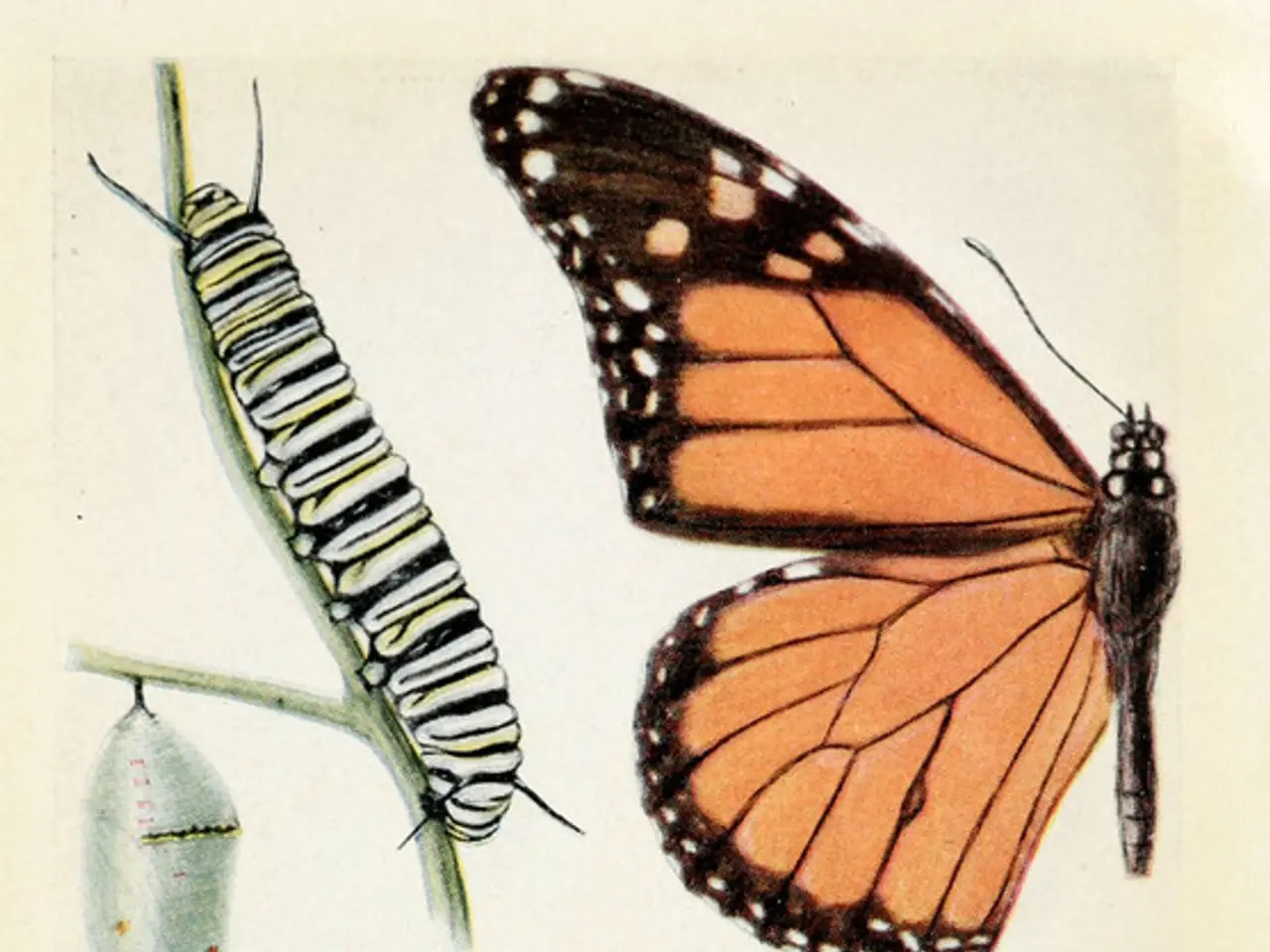Lice Transmission and Prevention Strategies: An Overview
In the world of parasitic insects, human lice are a common nuisance. These tiny creatures can cause discomfort and embarrassment, but with the right knowledge and preventative measures, they can be kept at bay. Here's a guide to help you understand and prevent infestations of head, body, and pubic lice.
Head Lice Prevention
Head lice are most commonly spread through direct hair-to-hair contact, but they can also be transmitted by sharing personal items like combs, brushes, or hats. To reduce the risk of head lice, avoid head-to-head contact, especially among children in close settings such as schools or family environments. Don't share personal items, and consider using lice-repellent hair products containing natural ingredients like tea tree oil or neem oil. Tie long hair up to reduce the chances of lice transfer, and perform regular head checks to detect lice early.
Cleaning hair accessories regularly is also important. Freeze them overnight or wash them in hot soapy water. Wash bedding, hats, and clothes in hot water (at least 130°F/54°C) and dry with high heat to kill lice and eggs. Vacuum furniture and floors to remove any fallen lice or hairs with nits.
Body Lice Prevention
Body lice are typically associated with poor hygiene and infrequent changing or washing of clothes. Maintain regular laundering of clothes, especially undergarments, in hot water. Avoid sharing clothes, towels, or bedding with others. Maintain personal hygiene with regular bathing, and keep your living environment clean. Because body lice live in clothing seams, washing and drying clothing frequently is essential to prevent infestation.
Pubic Lice Prevention
Pubic lice, also known as crabs, are a type of sexually transmitted infection (STI) and spread directly from person to person through sexual contact. To avoid pubic lice, avoid sexual contact or close physical contact with someone infested. Never share towels, bedding, or clothing. Practice safe sex using barrier methods like condoms and dental dams to reduce the risk of transmission of pubic lice and related infestations. Maintain good genital hygiene, and if you suspect an infestation, treatment and cleaning of personal items should be done to avoid reinfestation.
In addition to these behaviors, cleaning and disinfecting items that come in contact with lice is important to break the cycle of transmission. Items that cannot be washed should be sealed in plastic bags for at least two weeks to ensure lice die from lack of feeding. Avoid using dangerous flammable substances for lice control.
By following these guidelines, you can significantly reduce the risk of infestation and help prevent the spread of lice between individuals. For body lice, improving personal hygiene, assuring a regular change of clean clothes, and washing and drying clothes, bedding, and towels at a high temperature can help manage the infestation without using a pediculicide. If you suspect an infestation, seek treatment promptly to prevent the spread and discomfort associated with lice.
- Regular head checks are essential for early detection of head lice, helping to reduce their spread.
- To protect against body lice, maintain good personal hygiene and ensure regular laundry of clothes, focusing on undergarments.
- In the realm of dermatology, understanding the prevention methods for pubic lice can aid in sexual health and wellness.
- Sharing personal items like combs, brushes, or hats increases the risk of head lice infestations, so it's best to avoid this practice.
- In the science of health-and-wellness, it's crucial to know that body lice thrive in clothing seams and can be controlled by washing and drying clothes frequently.
- Mental-health education and self-development resources can help individuals manage the stress and anxiety that might come from a lice infestation.
- Skin-care routines should also include the cleaning and disinfecting of items that come in contact with lice, as this can break the cycle of transmission.




